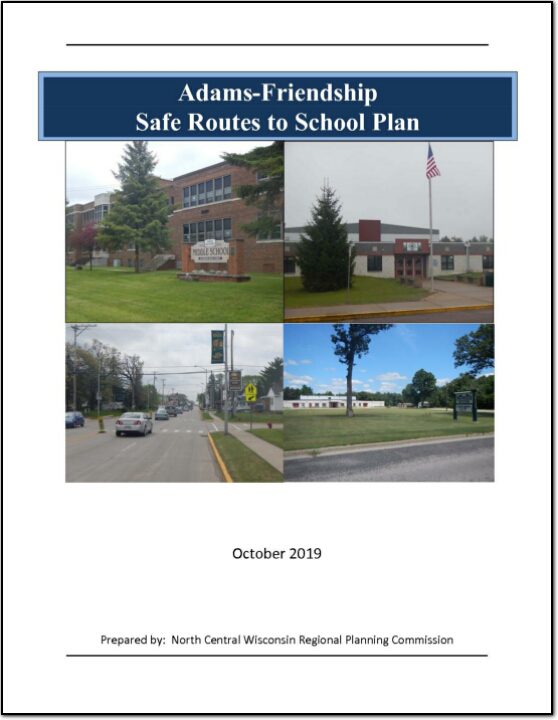The Mission of the Northwoods Rail Transit Commission is:
To sustain and enhance safe, reliable and efficient rail service critical to the businesses, communities and economies in northern Wisconsin and the Upper Peninsula of Michigan.
North Central Wisconsin Regional Planning Commission
Providing Economic Development, Geographic Information Systems, Intergovernmental Cooperation, Land Use Planning and Transportation Assistance since 1973
The Mission of the Northwoods Rail Transit Commission is:
To sustain and enhance safe, reliable and efficient rail service critical to the businesses, communities and economies in northern Wisconsin and the Upper Peninsula of Michigan.
This plan was developed by NCWRPC in conjunction with the Nekoosa School District, City of Nekoosa, and the Nekoosa SRTS Task Force as part of the North Central Wisconsin Regional Safe Routes to School Program. This Regional program was made possible in part by a Transportation Alternatives Program grant from the Wisconsin Department of Transportation. Additional funding was provided by the NCWRPC.
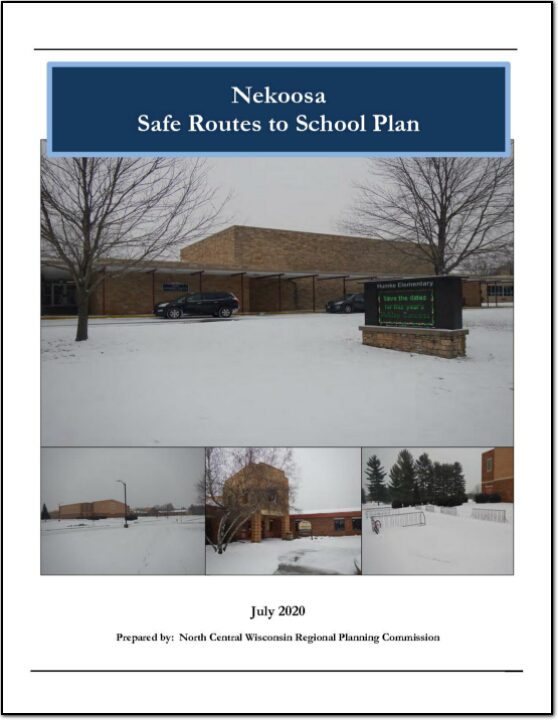
This plan was developed by NCWRPC in conjunction with the School District of Elcho, Town of Elcho, and the Elcho SRTS Task Force as part of the North Central Wisconsin Regional Safe Routes to School Program. This Regional program was made possible in part by a Transportation Alternatives Program grant from the Wisconsin Department of Transportation. Additional funding was provided by the NCWRPC.
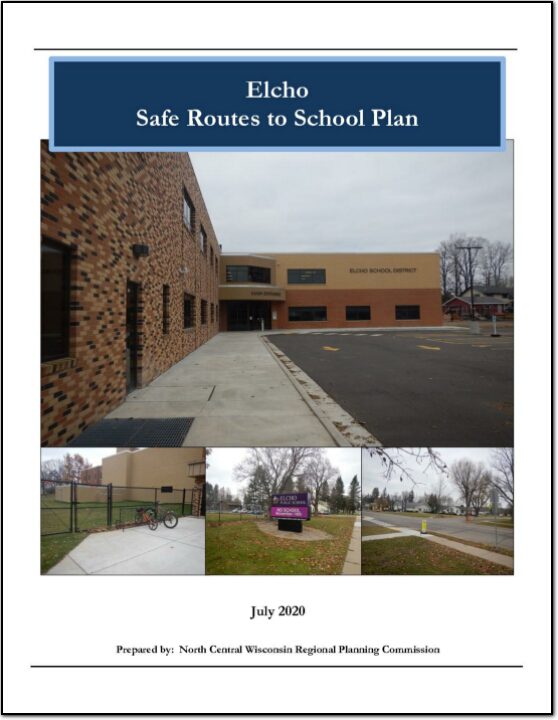
This plan was developed by NCWRPC in conjunction with the White Lake School District, Village of White Lake, and the White Lake SRTS Task Force as part of the North Central Wisconsin Regional Safe Routes to School Program. This Regional program was made possible in part by a Transportation Alternatives Program grant from the Wisconsin Department of Transportation. Additional funding was provided by the NCWRPC.
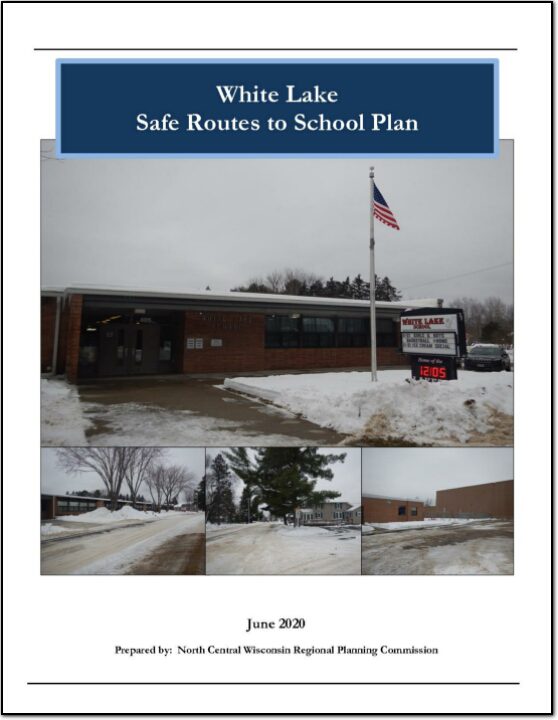
This plan was developed by NCWRPC in conjunction with the Wabeno School District, Town of Wabeno, and the Wabeno SRTS Task Force as part of the North Central Wisconsin Regional Safe Routes to School Program. This Regional program was made possible in part by a Transportation Alternatives Program grant from the Wisconsin Department of Transportation. Additional funding was provided by the NCWRPC.
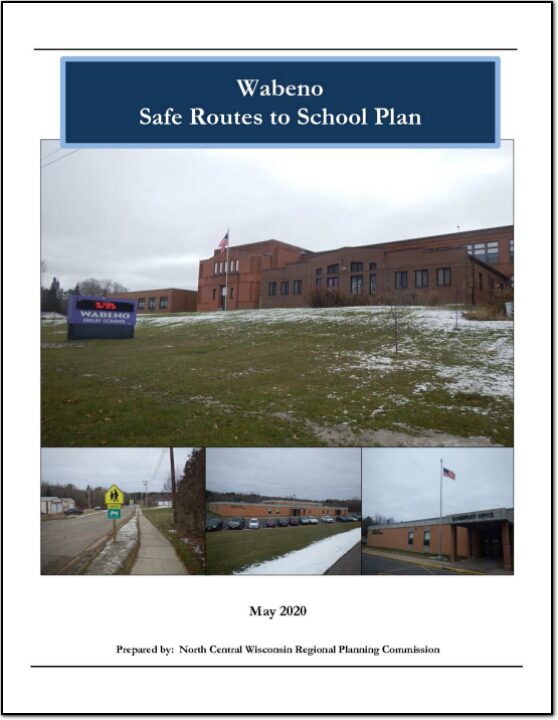
This plan was developed by NCWRPC in conjunction with the City of Mauston, Mauston School District, and the Mauston SRTS Task Force as part of the North Central Wisconsin Regional Safe Routes to School Program. This Regional program was made possible in part by a Transportation Alternatives Program grant from the Wisconsin Department of Transportation. Additional funding provided by the NCWRPC.
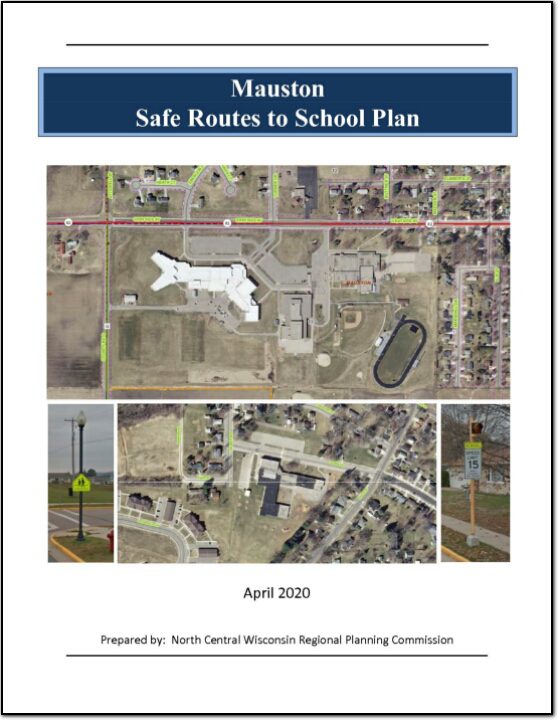
This plan was developed by NCWRPC in conjunction with the Stratford School District and the Stratford Area SRTS Task Force as part of the North Central Wisconsin Regional Safe Routes to School Program. This Regional program was made possible in part by a Transportation Alternatives Program grant from the Wisconsin Department of transportation. Additional funding provided by the NCWRPC.
Safe Routes to School is a nationwide effort to increase the safety and health of children walking or bicycling to and from school. Nationally, walking and bicycling to school is viewed as a realistic way for children to achieve higher levels of daily physical activity and for communities to reduce the number and speed of vehicles in school zones.
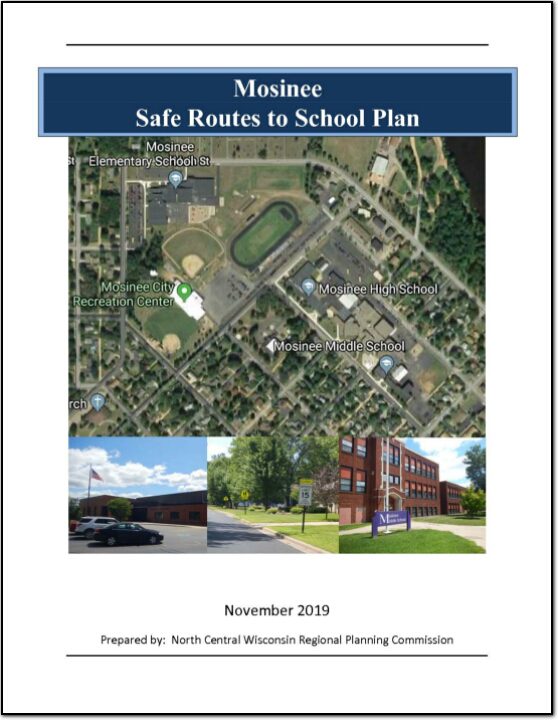
The focus of this plan is to enhance the viability of bicycling and walking as forms of transportation throughout the City of Rhinelander (Map 1). This plan focuses on guidelines for planning bicycle and pedestrian facilities, with general design and funding information included. This plan also examines existing conditions for biking and walking and suggests routes and segments on which to prioritize bicycling and walking improvements.
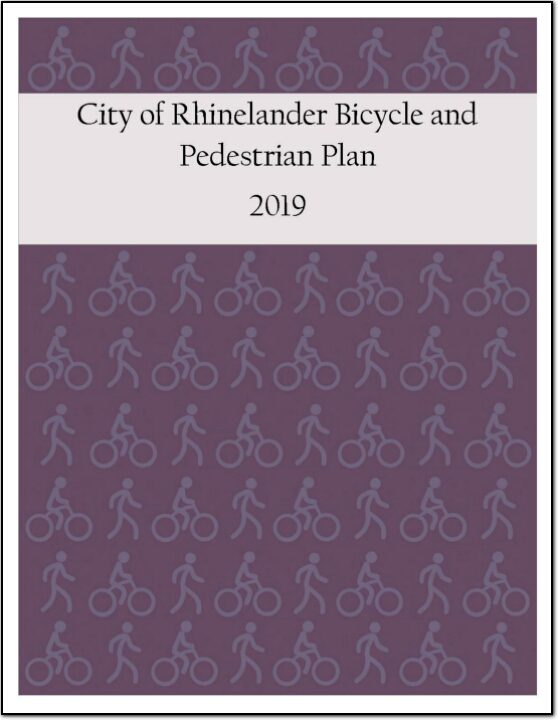
This plan was developed by NCWRPC in conjunction with the Nekoosa School District, City oThis plan was developed by NCWRPC in conjunction with the Adams-Friendship Area School District, City of Adams, Village of Friendship, and the Adams-Friendship Area SRTS Task Force as part of the North Central Wisconsin Regional Safe Routes to School Program. This Regional program was made possible in part by a Transportation Alternatives Program grant from the Wisconsin Department of Transportation. Additional funding provided by the NCWRPC.
